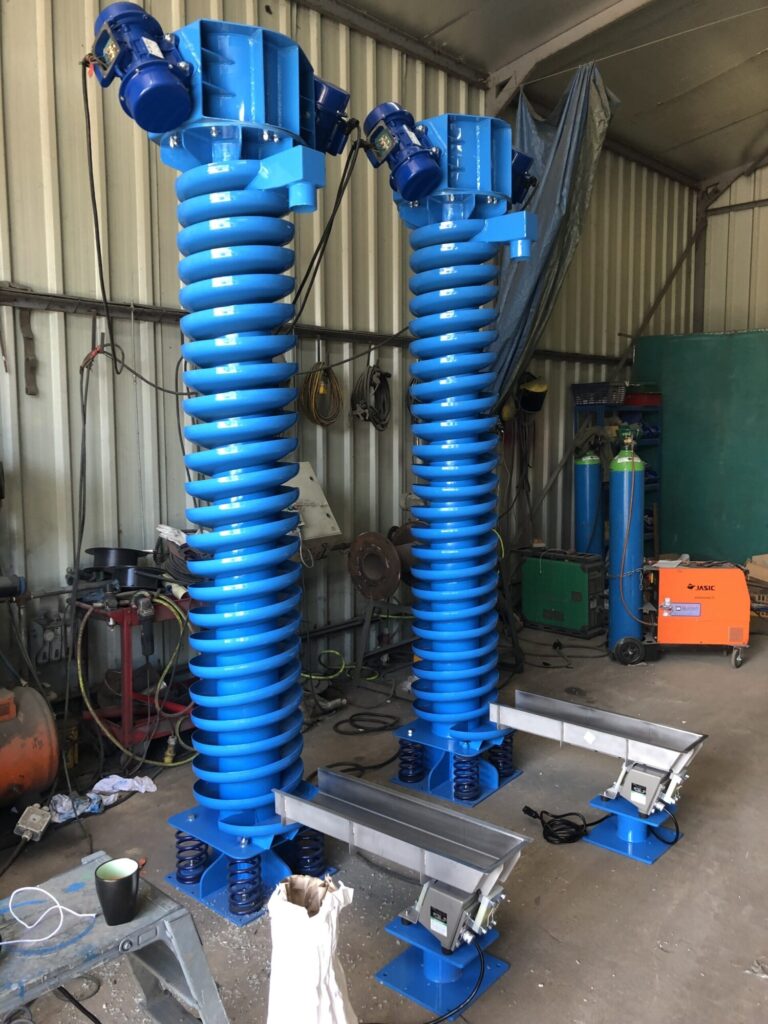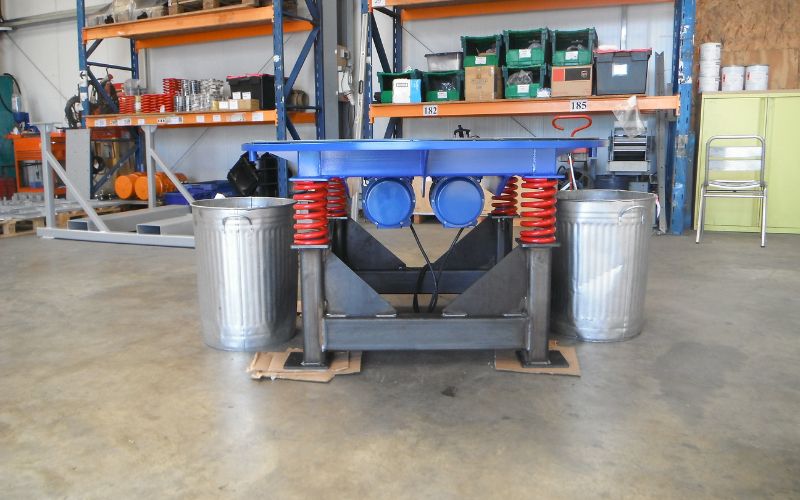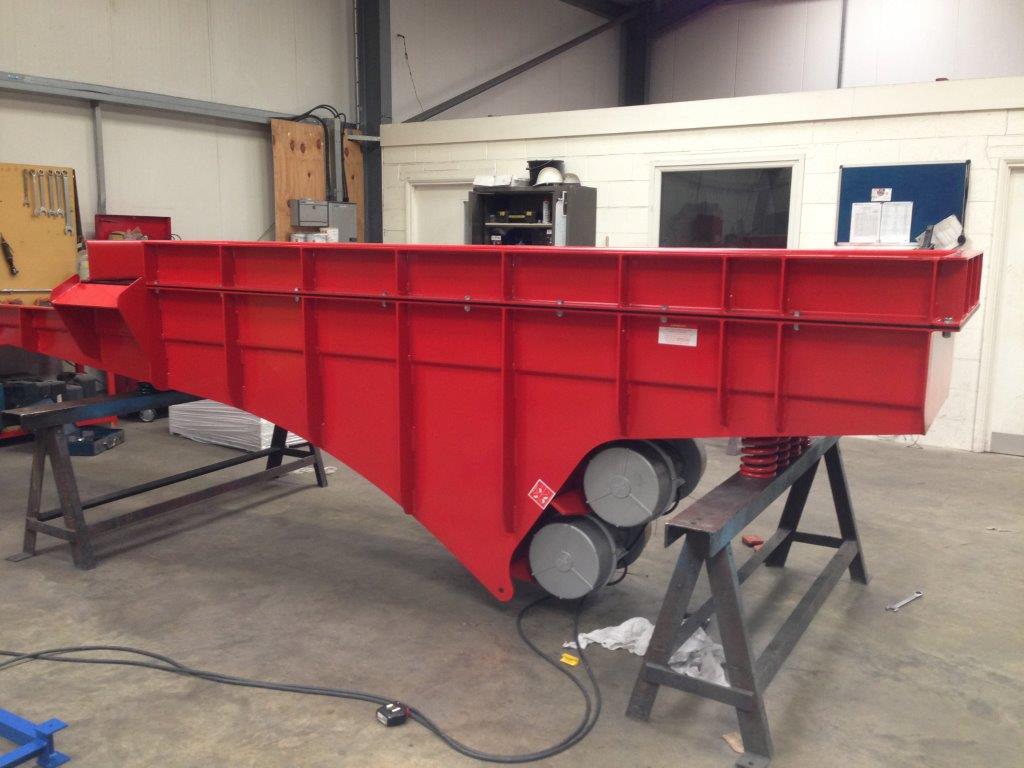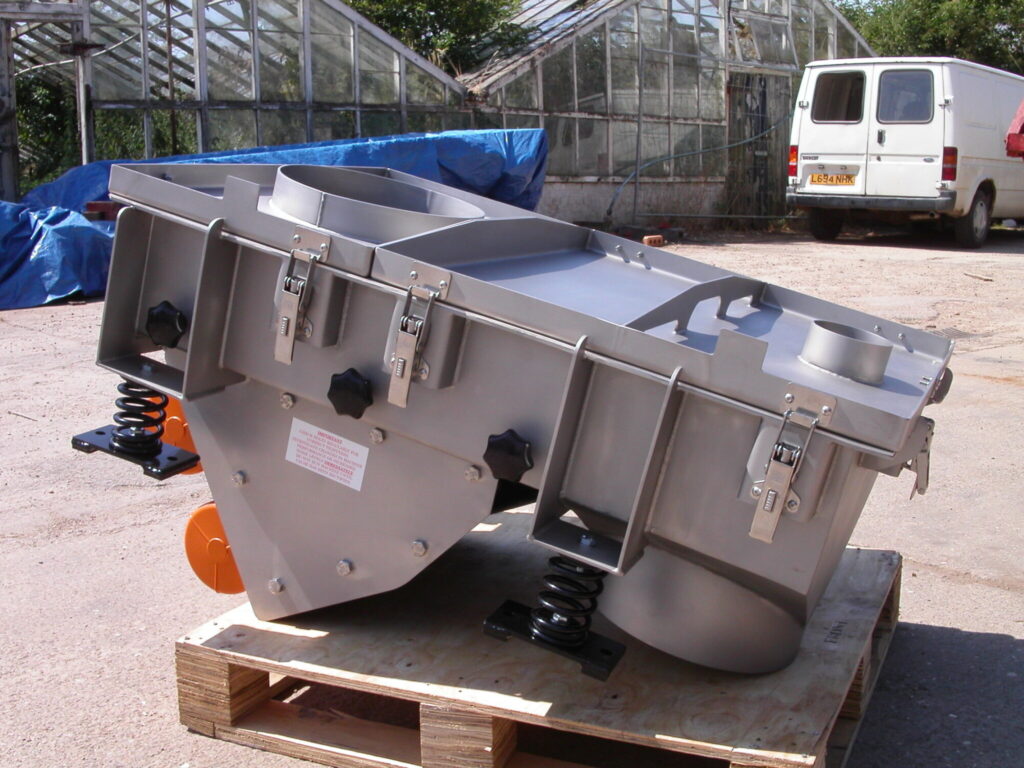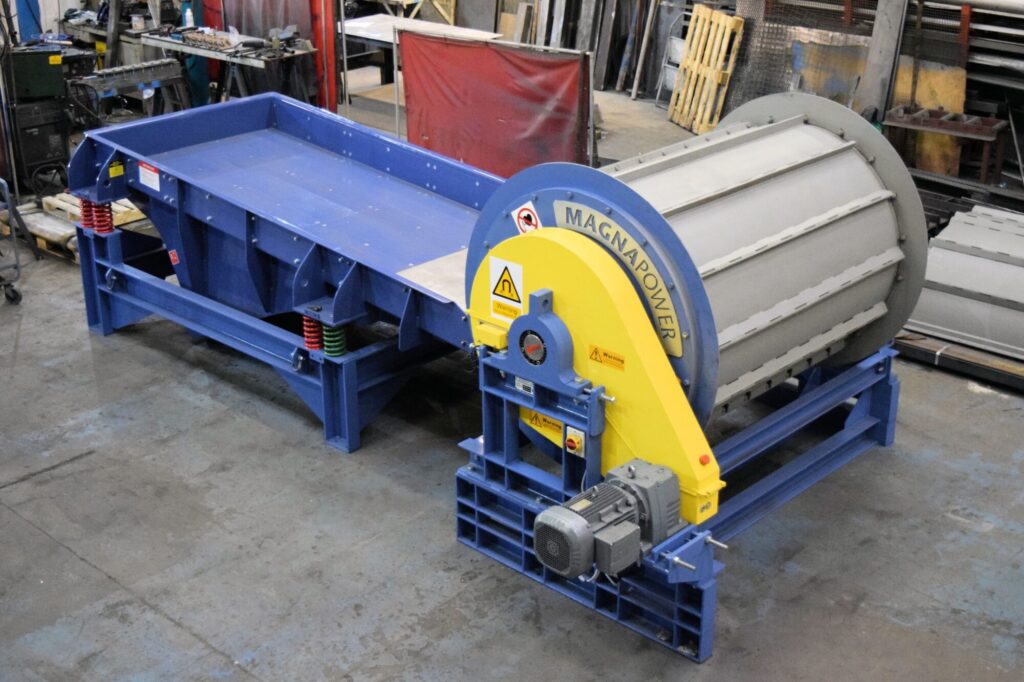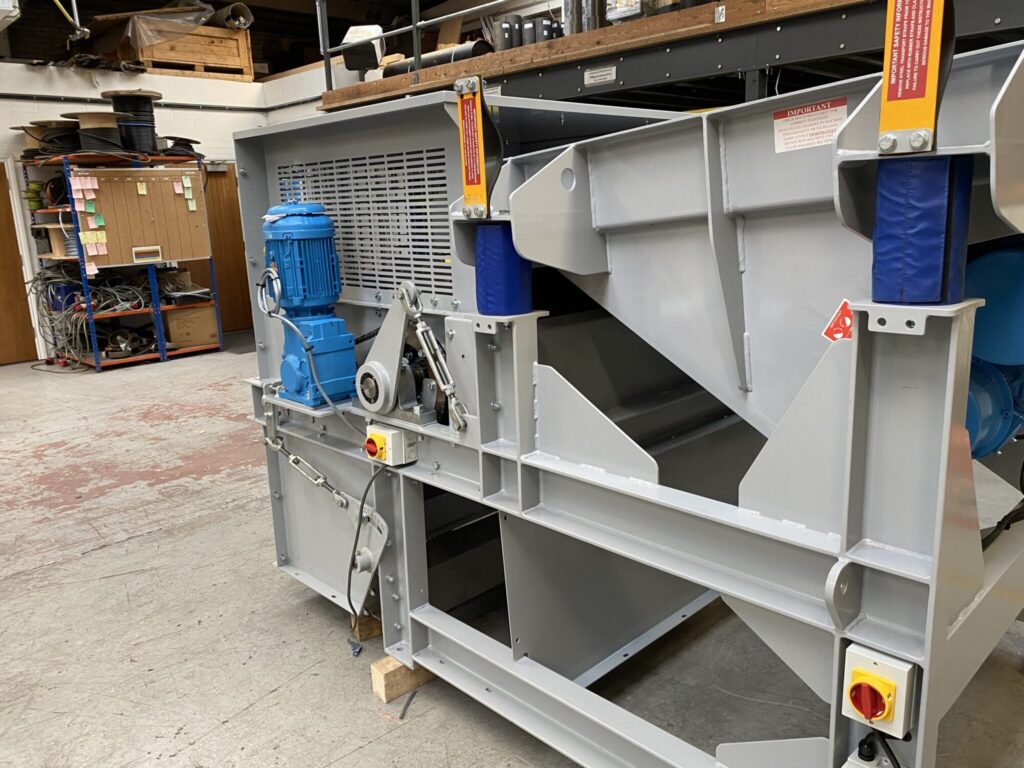EQUIPMENT
Bespoke material handling systems for enhanced efficiency
Creating bespoke material handling systems from components such as vibratory screens, feeders, compactors, and lifts involves a meticulous design process that integrates these elements to meet specific operational needs. The process begins with a thorough analysis of the client’s workflow, material characteristics, and production goals. Engineers then select and customise the appropriate equipment to optimise material flow and handling.
For instance, vibratory screens can be tailored to sort and size materials accurately, while vibratory feeders ensure a consistent and controlled flow of materials to subsequent processing stages. Compactors can be integrated to densify materials, improving storage and transport efficiency, and lifts can be added to facilitate the vertical movement of materials, enhancing overall system efficiency and reducing manual labour.
